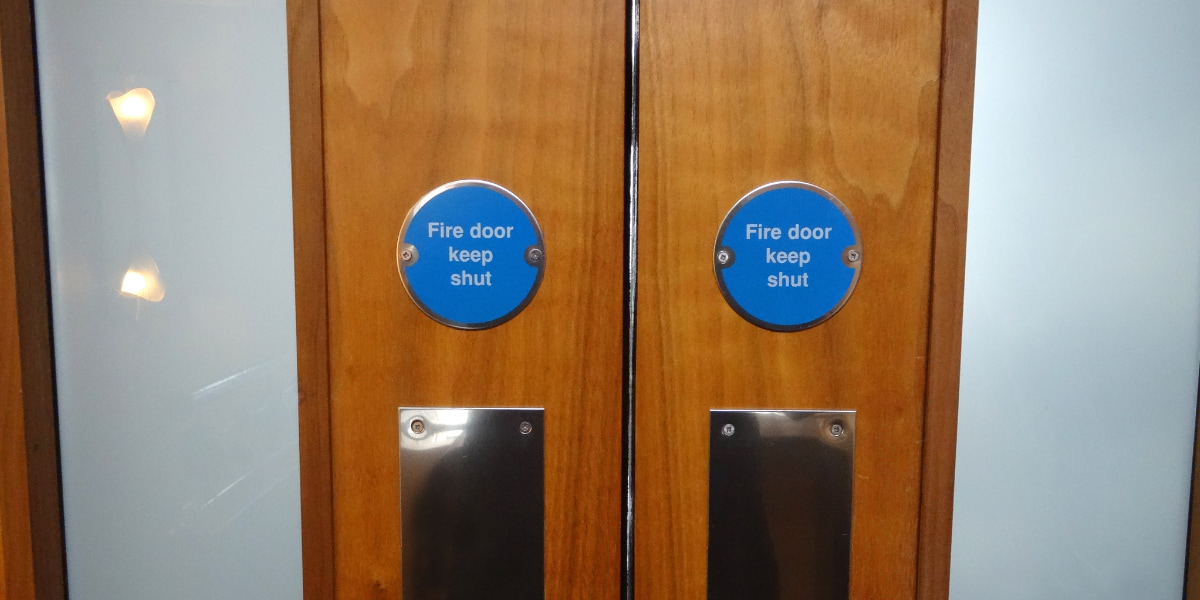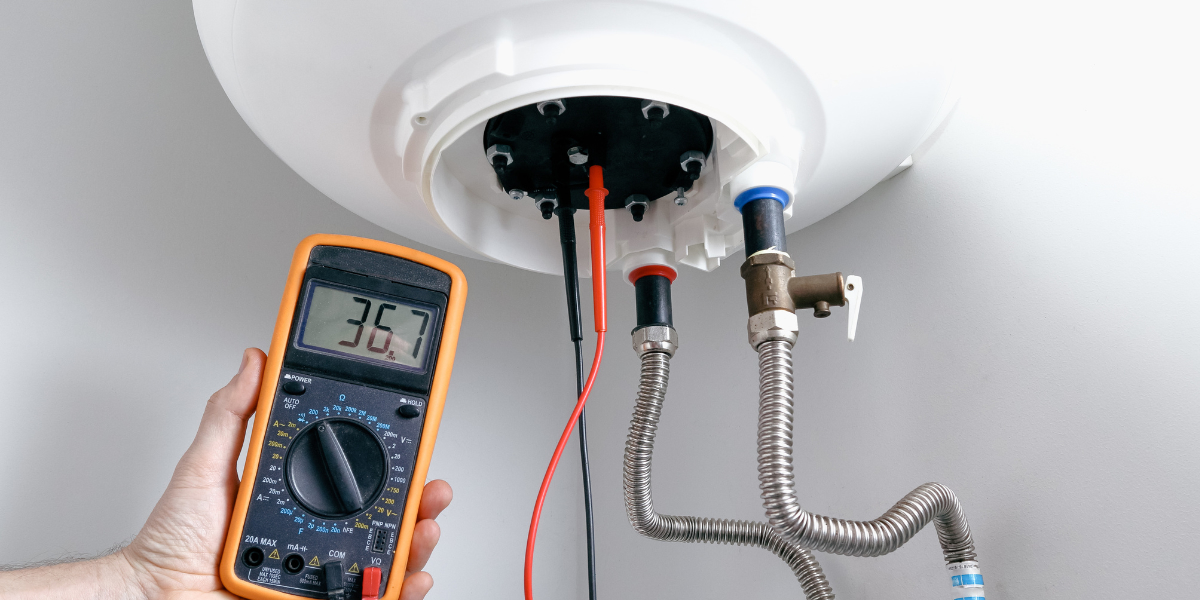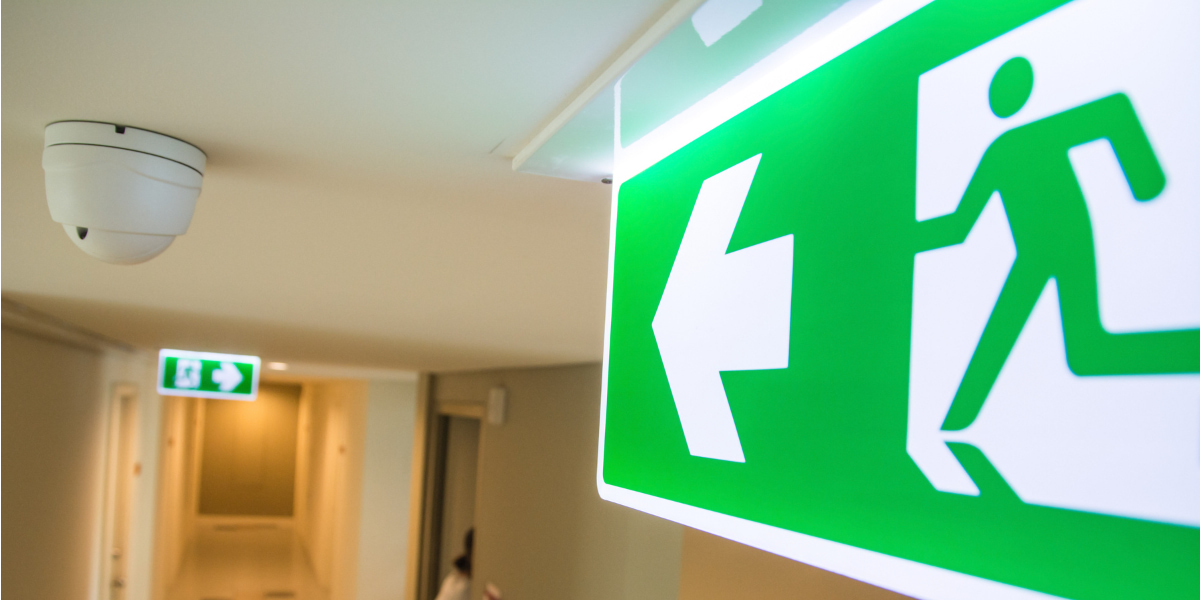Fire doors are a crucial element of any property’s passive fire protection arrangements. An essential part of fire compartmentation, a strategic process that creates physical barriers to prevent and slow the spread of fire and flames, fire doors are specially designed from fire retardant materials to withstand flames for a lengthy period of time.
This time can be crucial, allowing occupants and the general public to evacuate. Generally, fire doors are self-closing designs, meaning they will close automatically once released. This helps to ensure that the fire door is always closed in the event of a fire, to effectively stop the spread of smoke and flames.
Fire doors will have a rating indicator specifying how long they can withstand fire, which is usually 30 or 60 minutes. For occupants in residential properties or office staff in work buildings, this can play a crucial role in making the correct decision in a fire scenario.
For a fire door to maximise effectiveness, it must fit tightly in their frames, not allowing any gaps around the edges that allows fire and smoke to pass through.
What Are Fire Doors Constructed From?
Fire doors can be constructed from an array or combination of materials, which will be determined by factors such as property features, budget and building regulations.
The most common choice is steel. Widely known for its strength, non-combustibility and high fire ratings, steel fire doors can provide up to 90 minutes of resilience in a fire scenario. Timber is also a popular option for fire doors, and are usually used with fire-resistant treatments and fillers such as gypsum for medium fire resistance. Gypsum, which is often users as an intrinsic material in steel and timber doors, provides excellent insulation and fire resistance.
Aluminium is a regular option for framing, cladding and indeed fire doors. A renowned durable yet lightweight material, aluminium provides high fire resistance. Other materials regularly used are vermiculite and borosilicate, whereas ceramic glass is usually the fire-resistant glass material used in fire doors, offering transparency in addition to fire integrity.
Maintaining Fire Doors
It’s generally recommended that fire doors are inspected by fire safety personnel once every six months. High traffic areas or newly occupied buildings should be checked with more regularity.
Fire safety personnel, such as Melwood Facilities’ approved contractors, will thoroughly conduct a scrupulous and comprehensive inspection to ensure the integrity of fire doors, as they can be the difference between life and death.
Fire door inspections will include:
- Door – Check for damage, warping, gaps and alignment.
- Frame – Check for cracks, loose fixings and overall damage.
- Hardware – Inspection of hingers, closers, latches and ensure the self-closing mechanisms are functional and intact.
- Seals and intumescent strips – Assess for damage, ware and ensure there is sufficient contact between the door and frame.
- Signage – Ensuring the correct labelling is utilise and there is unobstructed visibility/clarity.
Why are Fire Doors Important?
The primary objective of all fire safety planning is to protect occupants and the property.
Fire doors are a crucial fire safety element and all buildings in the UK should contain maintained and high-integrity fire doors to prevent or minimise causalities and property damage in the result of a fire.
Fire doors are one of the first lines of defence when it comes to fire compartmentation, containing flames and smoke, giving occupants as much time as possible to escape.
Strategically positioned, fire doors should help to protect escape passages and evacuation routes, and should be installed in conjunction with wider fire evacuation plans in properties. By containing fire and smoke, fire doors should ensure evacuation routes aren’t compromised in the immediate aftermath of a fire outbreak.
Fire doors help to support firefighters by containing flames and smoke, which allows firefighting personnel to focus their efforts on smaller areas for efficient extinguishment. Similar to occupants, fire doors help to facilitate firefighting efforts by protecting the firefighters entering burning structures.
By controlling the spread of smoke, fire doors help to aid firefighter’s navigation by improving internal visibility for extinguishment and rescue operations.
Looking for a fire door inspection? Contact Melwood Facilities to discuss how our approved contractors can help uphold fire safety and ensure your business is compliant.




